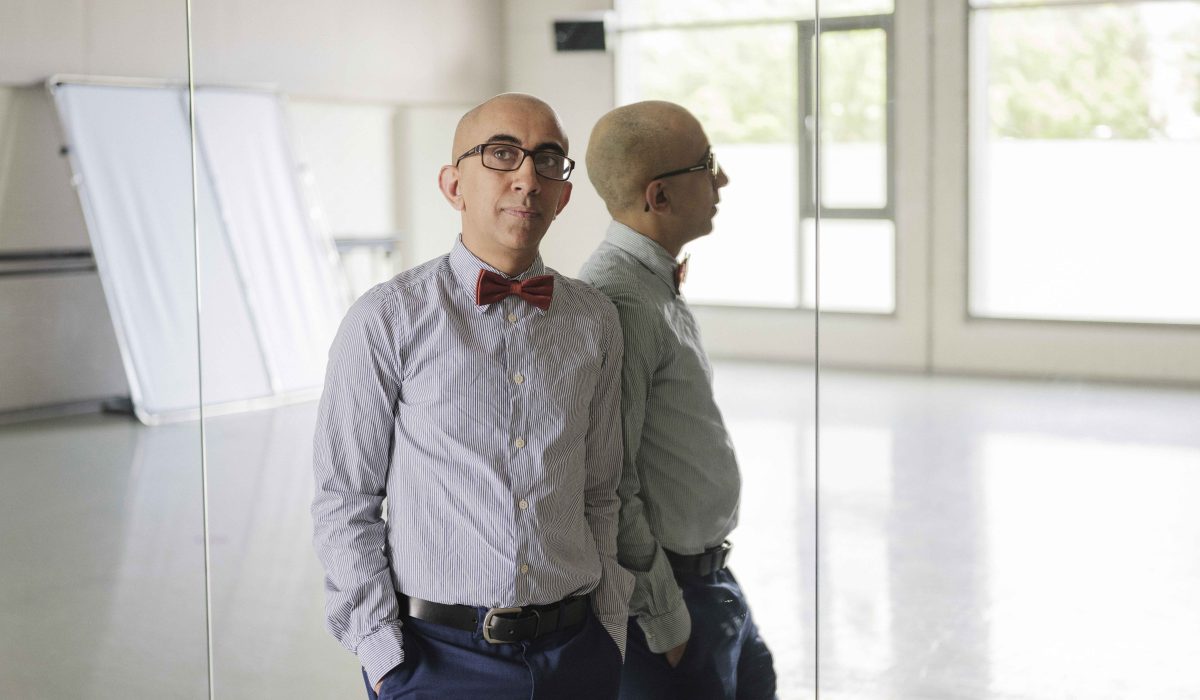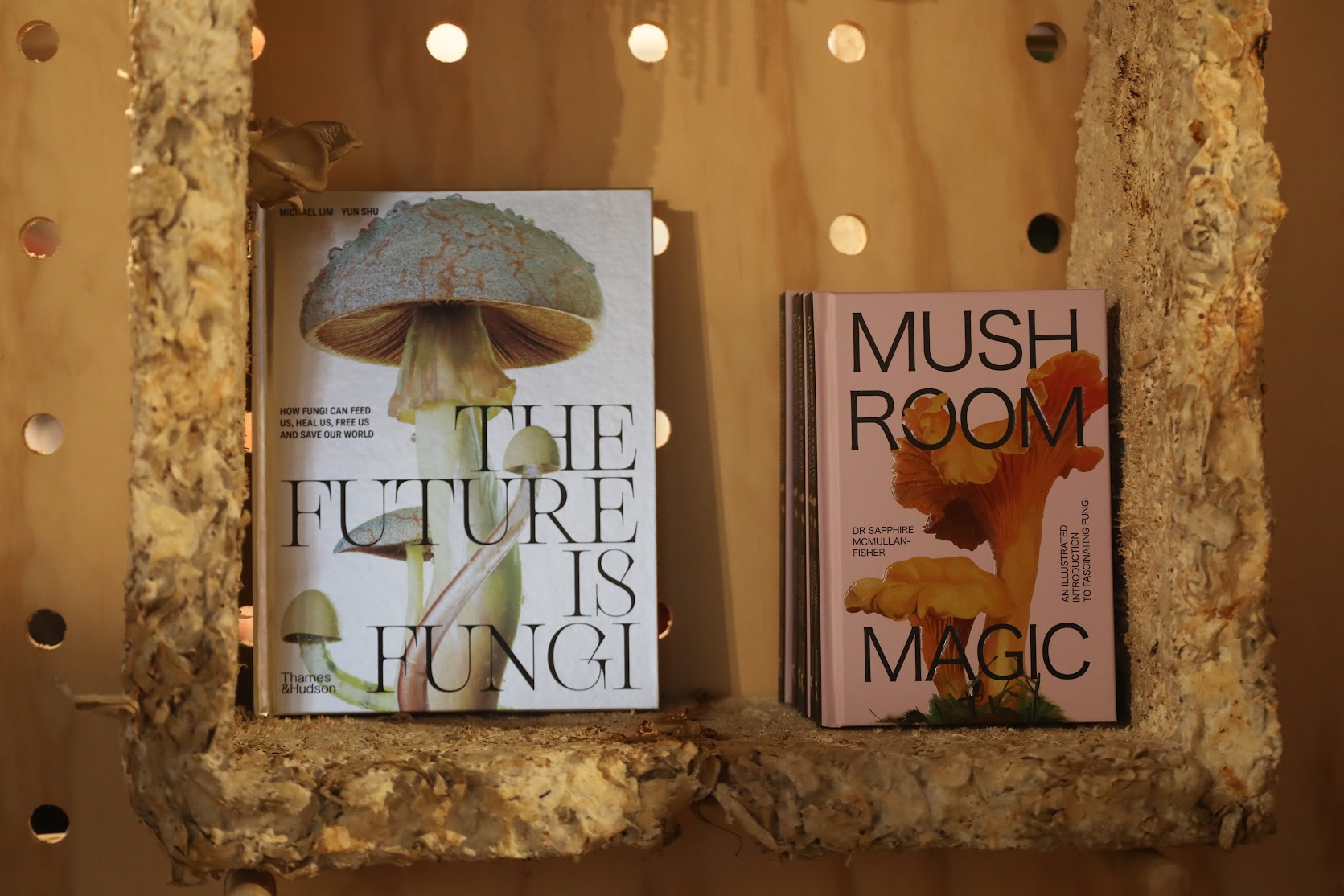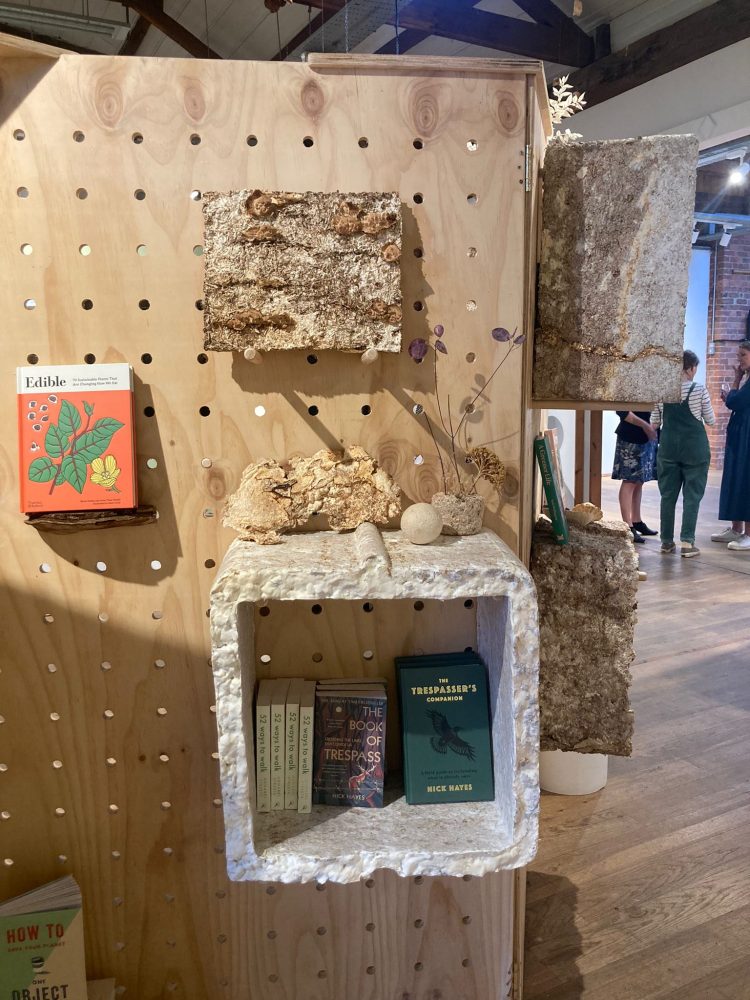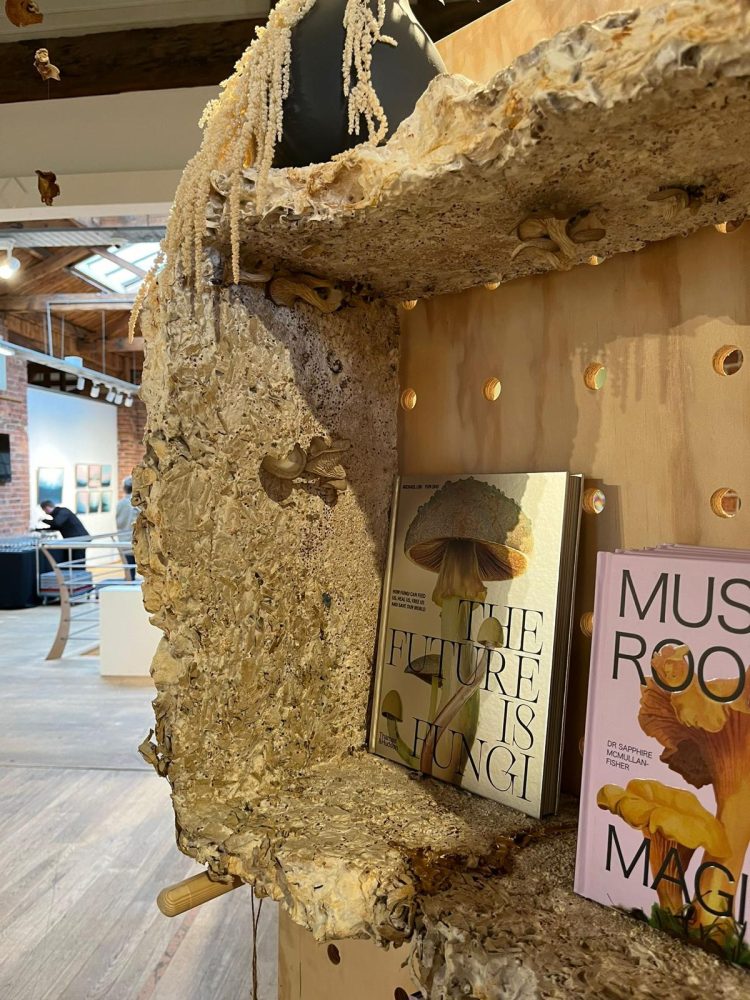



We’re a climate hope organisation, which means we aim to help more people think and talk about climate change in hopeful, playful ways.
Figures show 75 per cent of the UK population experiences some form of climate anxiety or climate distress.
What that looks like is guilt, anger, disconnect and a sense of disempowerment.
We want to unlock a movement of more people feeling empowered and equipped to do good climate activism work.
That doesn’t mean all of us need to be glueing ourselves to the Shell headquarters or throwing beans at paintings.
No matter what your profession, be it a teacher, a mechanical engineer, installing people’s boilers, working on wind farms or working in food, you’re working on climate change, because climate change is everything.
Mushroom Sculpt is one of our strands of work that we began 18 months ago with Rockliffe First School, in Whitley Bay.
While running workshops in The Bound bookshop, in Whitley Bay, the manager at the time asked, ‘could you use cardboard?’ and showed me this giant bin out the back that they fill every week.
We did some calculations and realised this small bookshop was recycling two tonnes of cardboard every month.
Cardboard can only be recycled three times and then it becomes useless.
So we thought, let’s make a bookshop!
We then ran community workshops across the North East where people came in, shredded the cardboard and mixed it with samples of grey oyster mushroom fungus from By The Bay Mushroom Co, in North Shields.
The mixture was then packed into moulds designed by Stuart McAllister, from Heatherwick Studios, who designed Hall One in The Glasshouse.
Each shelf takes about five weeks to grow, then we take it out, bake it in a giant oven (to stop it from eating the books!) and then we have our shelves.

Mycelium-based materials have been used in a range of different ways.
We make sculptures with it because for us, the material is not the point, the point is that it’s a gateway for people to start to play and experiment with climate change ideas.
Mycelium goes through the deepest ocean trenches.
If you went to the National Portrait Gallery and looked at the old masterworks with a microscope, you’d see mycelium running through the tapestry.
It connects all life, was the first life on land and predated plants by 700 million years.
Everything is dependent on it, and it is dependent on everything else.
It’s this beautiful metaphor for how life works and how and where we sit within the climate crisis.
The expressions from people when you say, ‘you know that’s made from fungus?’ are the best starting point for climate change conversation.
We need to make more of those little pockets of wonder for people to start thinking.
It depends how much people want to lean into it.
For a casual visitor, I think it’s about firing some curiosity. For a lot of people, this will be the first time they’ve ever seen this material being used in a playful way.
I’m hoping it sparks some creative thinking about emerging technologies.
The core idea is that we are vastly and unknowingly interconnected with nature.
How we step forward through climate change will be informed by nature and our collaborations with nature – many of our solutions will come from nature.
Often, we can feel overwhelmed and feel like there’s no hope.
But there are people all around the world who are dedicating their lives to coming up with interesting solutions and new ways of thinking.
No matter what your interest area, expertise or profession, you are a climate activist.
This is our way of being climate activists; it’s up to you to find your own.

Fungus was the first life on land.
It predates plants by 700 million years and unlocked all life that came afterwards.
When we talk about mushrooms, we talk about them in a very human-centred way, like how they look or taste.
We don’t think about this vastly ancient life form, or this whole kingdom of life that connects and sustains everything, and the ideas that can be learned and can be born from it.
We have three different project strands; the first is Mushroom Sculpt and there’s more coming in the mushroom space.
Alongside the Mushroom Book Room, we’re working with the National Trust and a number of schools around the North East to create some more child-led sculpture trails, and are planning a large installation for 2025 that involves bioluminescence.
The second strand is called Hereditary Footprint, where we’re looking at ideas of carbon heritage – how can we honour the work of those generations of miners and workers while also having conversations about how we can be good ancestors.
We’re producing an immersive theatre piece exploring those ideas, using the earliest known audio recordings of some colliery bands mixed together with interviews with the last generation of deep coal miners from the North East.
The third strand is called Future Foods.
Our food systems globally account for the third largest source of emissions. If food waste was a nation, it would be just behind China and the US in terms of emissions.
We are about to live through a complete transformation of our food systems, so we’re running a series of community feasts and discussion events that centre around Future Foods.
We know that more than half of children and young people in the UK have experienced some form of climate anxiety.
Coupled with that, more than half of them say they do not have faith in adults to safeguard a future for them.
It’s not about preparing this next generation to fix this problem: it’s helping people now.
It’s making space for children to work out what it means to be alive just now – what do I want it to mean to be human in this moment? What does my activism look like? How do I be a good ancestor?
That is a relevant question whether you’re five-years-old, 50-years-old or 100-years-old.
We are not a campaigning organisation; we’re not saying you should do this or that.
What we’re saying is we want to make more space for more people to have thinking unlocked to be able to do that.
The Mushroom Room exhibit is free to visit at The Biscuit Factory until the end of June.
May 31, 2024